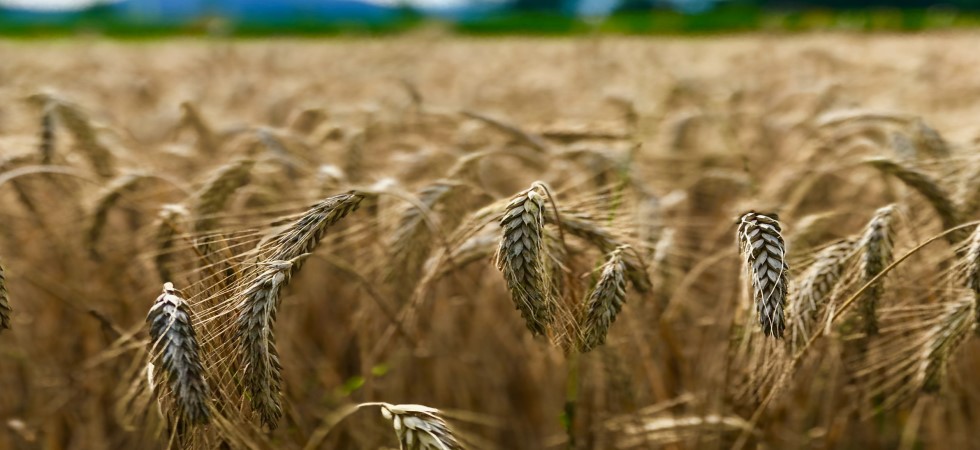According to a benchmark United Nations (UN) report, global food commodity prices fell in July for the second consecutive month.
The latest FAO Food Price Index averaged 123 points in July 2021, 1.2% lower than the previous month although still 31% higher than its level in the same period of 2020.
The index tracks changes in the international prices of the most globally traded food commodities. The July drop, the UN reported, reflected declines in the quotations for most cereals and vegetable oils as well as dairy products.
Cereal
Similarly, the FAO Cereal Price Index was 3% lower in July than in June, pushed down by a 6% month-on-month drop in international maize prices. The report explained that this drop was associated with better-than-earlier projected yields in Argentina and improved production prospects in the United States of America, even as crop conditions in Brazil remained a concern.
The report found that prices of other coarse grains such as barley and sorghum also dropped significantly, reflecting weaker import demand. International rice prices hit two-year lows, impacted by currency movements and a slow pace of sales caused by high freight costs and logistical hurdles.
Wheat quotations edged 1.8% higher in July – reaching their highest level since mid-2014 – in part due to concerns over dry weather and crop conditions in North America.
Dairy
The FAO Dairy Price Index declined 2.8% from June. The UN reported the result as being impacted by slower market activity in the Northern hemisphere due to ongoing summer holidays, with skim milk powder registering the largest drop, followed by butter, whole milk powder and cheese.
Sugar
In contrast, the FAO Sugar Price Index increased by 1.7% in July, its fourth monthly increase. The rise, the report found, was mostly related to firmer crude oil prices as well as uncertainties over the impact of recent frosts on yields in Brazil, the world’s largest sugar exporter, while good production prospects in India prevented a larger jump.
Meat
The FAO Meat Price Index also rose marginally from June, with quotations for poultry meat rising the most due to increased imports by East Asia and limited production expansions in some regions.
Bovine meat prices also strengthened, buoyed by high imports from China and lower supplies from major producing regions. In addition, pig meat prices fell, following a decline in imports by China.









